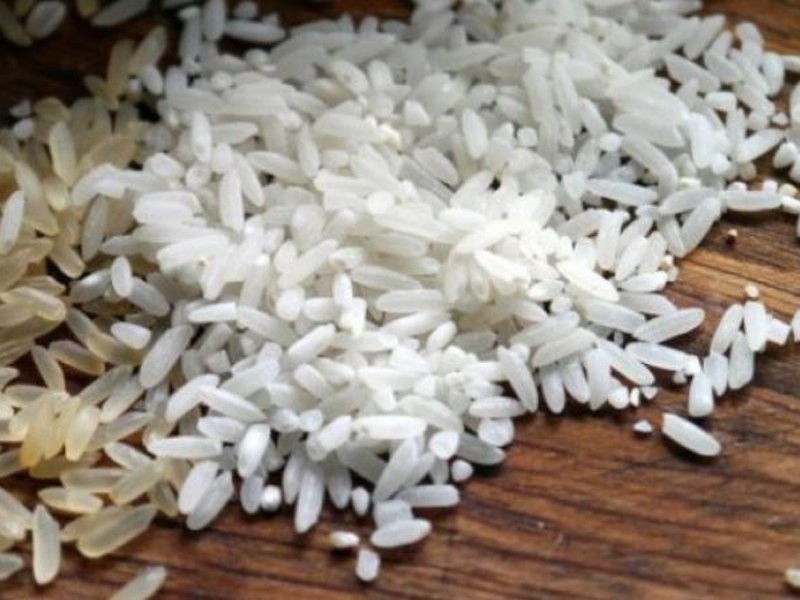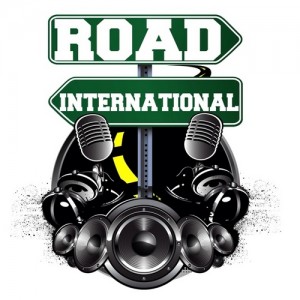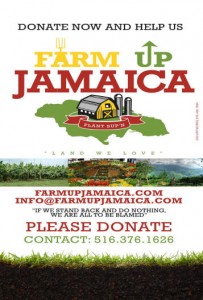
The real deal about plastic rice: What you need to know
Reports of plastic or fake rice entering the local market have captured news headlines since the beginning of the week.
Ministry of Agriculture, Karl Samuda, has responded to the controversy, saying that there is no evidence of plastic in the samples of rice tested by the Bureau of Standards Jamaica (BSJ).
So what’s the deal with plastic rice?
Rumours surrounding plastic rice have been making the rounds on social media from as early as 2011. However, to date, the claims of synthetic rice have remained unproven.
Claims of synthetic food products have popped up in several countries including China, Singapore, and Malaysia.
According to an email published as a source in a Singaporean news publication, synthetic rice was not a new phenomenon but had been routinely blended with natural rice as a way to reduce cost.
The email went on to note that the “rice” was made by blending potatoes and plastic. “The potatoes are first formed into the shape of rice grains. Industrial synthetic resins are then added to the mix,” read the publication.
Another report from Vietnam alleged that real rice was mixed in with the fake rice and then sprayed to mimic the smell of rice.
Similarly, reports out of other Asian countries claimed that of the 10 million tonnes of rice produced by China, more than a half of the production was fake rice.
However, in every country where fake rice has been reported, testing has revealed that the claims were unsupported.
In Indonesia, samples of “plastic rice” were collected and examined, with laboratory results showing that the rice samples contained no fake or plastic materials.
Similarly, tests conducted in China and Malaysia found no synthetic polymers in the rice.
A Bloomberg article noted that for more than a decade China has been navigating periodic food-safety scandals, which has taken a toll on public confidence.
China has been accused of producing cardboard buns, fake eggs and a host of other synthetic made foods. This may be a reason that rumours of plastic rice endure despite a lack of proof that it exists.





















